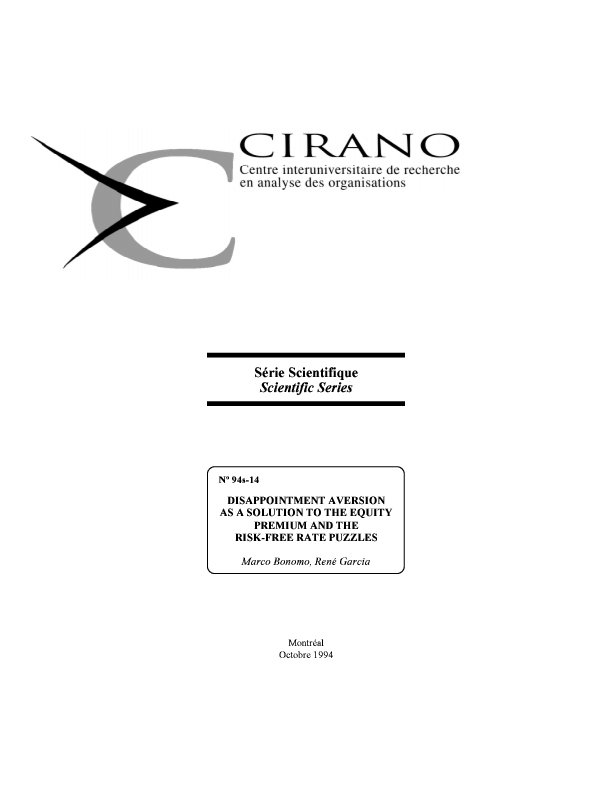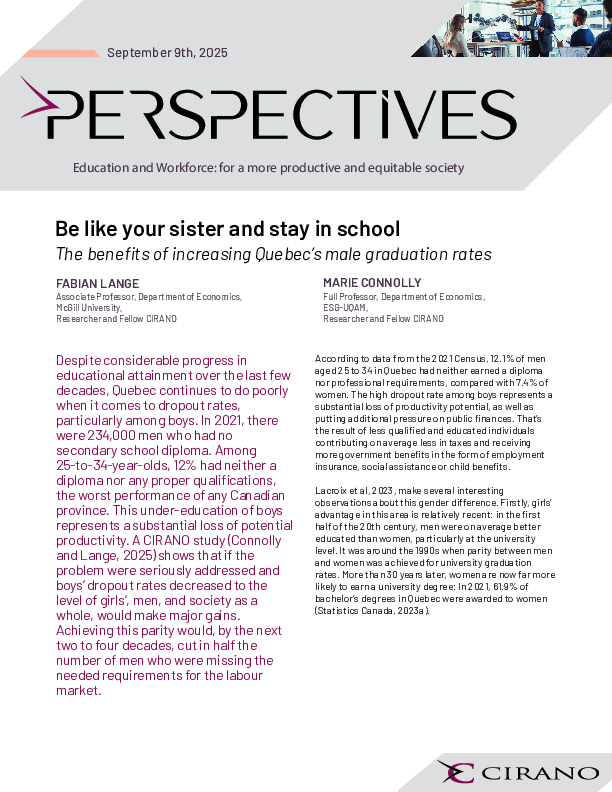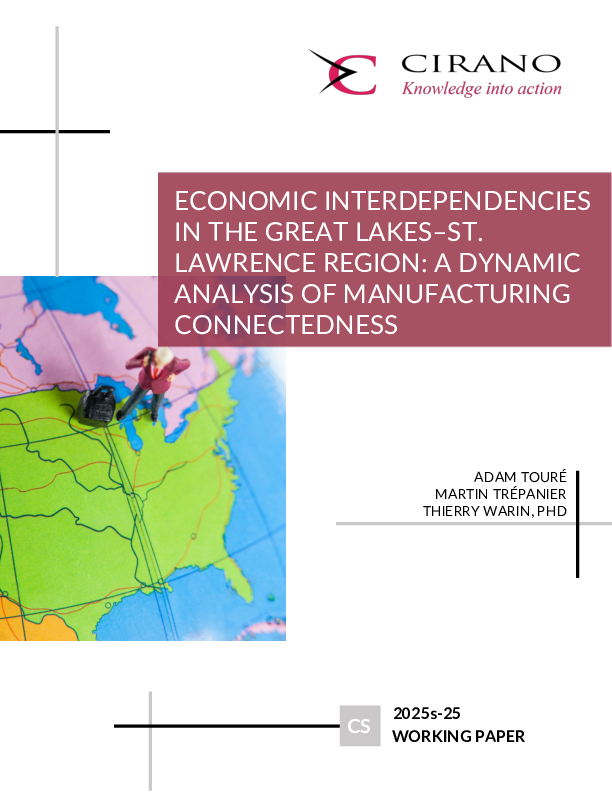Disappointment Aversion as a Solution to the Equity Premium and the Risk-Free Rate Puzzles
In this paper, we match both the first and the second moments of the equity premium and the risk-free rate by endowing the agents in the economy with disappointment aversion preferences and by making the joint process of consumption and dividends follow a Hamilton's (1989) Markov switching model. The interesting feature about the model proposed in this paper is that we need both disappointment aversion and a Markov switching endowment to match the first and second moments of both real and excess returns. With disappointment averse agents but a joint random walk for consumption and dividend growth rates, the average equity premium produced by the model is in the order of 2.5% compared with 5.3% in our sample. With isoelastic preferences but a bivariate three-state Markov switching model for consumption and dividend growth rates, the equity premium is 1.7% for a coefficient of relative risk aversion of 8 and a discount factor of 0.98, while the standard deviations for both the equity premium and the risk-free rate are close to the observed ones. The mean of the risk-free rate stands however very high at 13%. For a disappointment averse consumer, who weights more bad outcomes than good ones (where bad and good are defined with reference to a certainty equivalent measure of a gamble), it is precisely the existence of a bad state that lowers the equilibrium risk-free rate and increases the mean stock return, thereby producing the desired equity premium.
[ - ]




